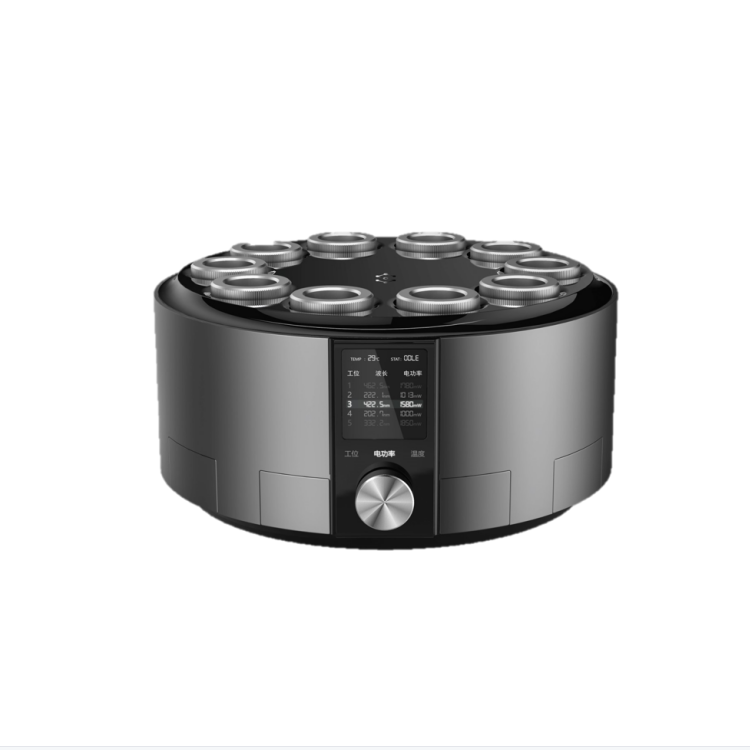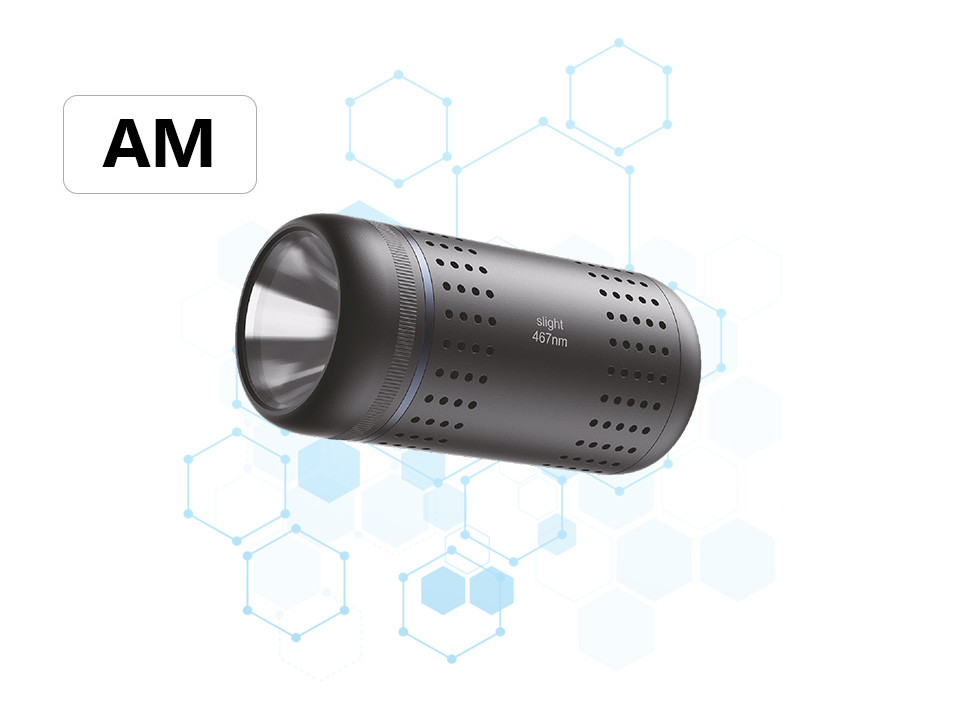What application scenarios can UV photoreactor be used for?

Ultraviolet (UV) photoreactor, leveraging their efficiency, environmental friendliness, and controllability, demonstrate significant application value across multiple fields. The specific application scenarios are as follows:
1. Chemical Synthesis
In organic synthesis, UV photoreactor enable photoreactions such as photochlorination, photoisomerization, and photooxidation, exemplified by the continuous-flow synthesis of vitamin D3. By precisely controlling light intensity, wavelength, and reaction conditions, they enhance reaction selectivity and yield while addressing uneven illumination issues common in traditional batch reactors. Additionally, in catalyst preparation, UV light excites photosensitive materials (e.g., TiO₂) to generate electron-hole pairs, driving redox reactions for efficient catalysis.
2. Environmental Protection
UV photoreactor are pivotal in wastewater treatment, particularly for refractory organic pollutants. For instance, the UV/H₂O₂ process improves pesticide residue removal rates by 40%–70%, while UV/chloramine systems reduce disinfection by-product formation, cutting trihalomethane (THM) levels by over 50%. These reactors also support COD degradation, paraffin oxidation, and simulated solar UV aging tests, aiding environmental monitoring and remediation efforts.
3. Life Sciences
In pharmaceutical research, UV photoreactor facilitate high-throughput screening for catalysts, materials, and drug active ingredients through rapid synthesis and testing. Their multi-wavelength options (e.g., 254 nm, 365 nm) and adaptable light source configurations enable precise simulation of diverse illumination conditions, meeting experimental versatility requirements.





